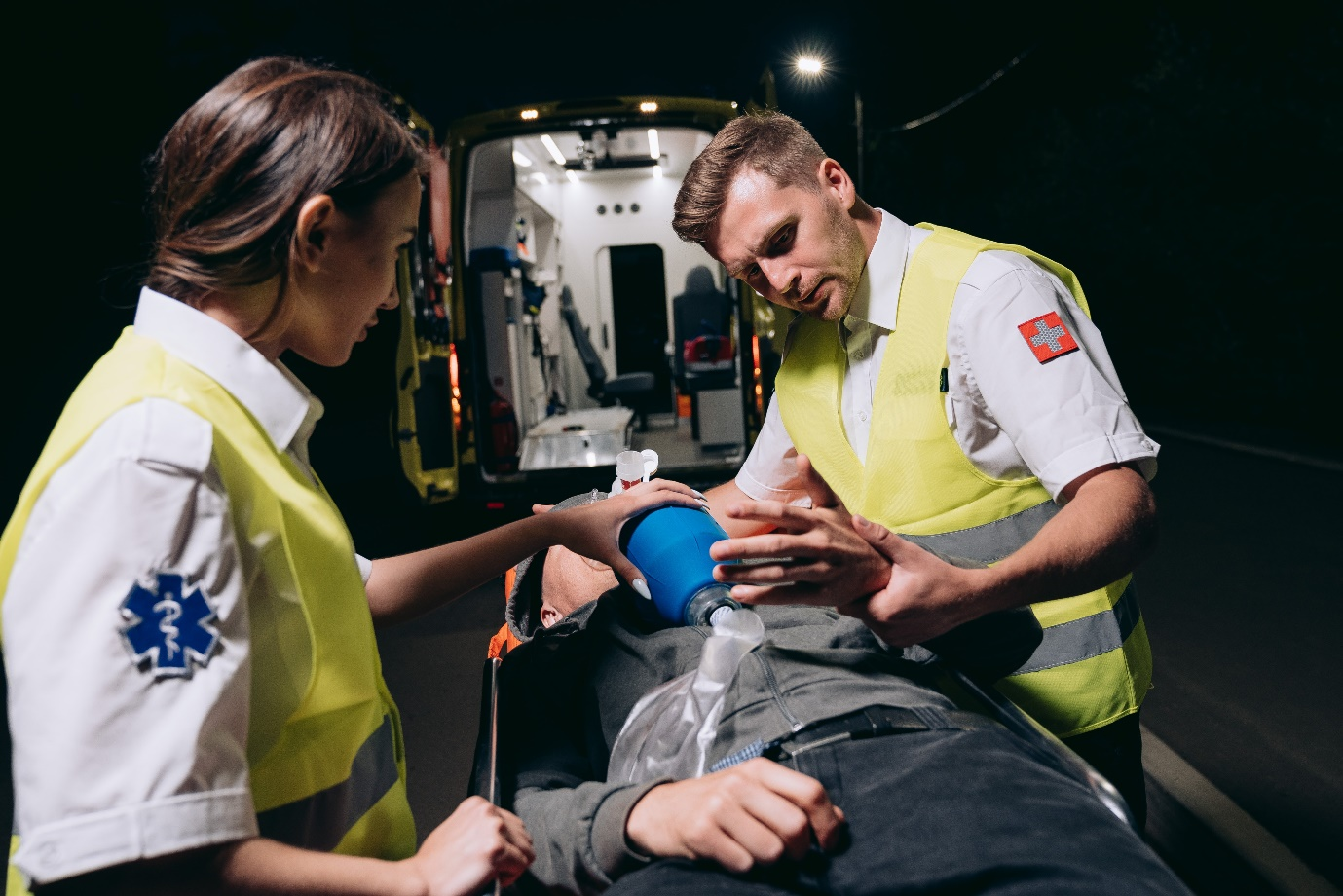When it comes to health and safety in the workplace, first aid is a crucial component. But did you know there are actually two levels of occupational first aid? Let’s take a closer look at the difference between Occupational First Aid Level 1 and Level 2, so you can make sure your workplace has the right certification.
Occupational First Aid: Essential Training for Your Business
Did you know that workplace injuries and illnesses account for over one million lost days of work every year? That’s why Occupational First Aid (OFA) Level 1 and 2 are essential for any business looking to provide a safe and secure environment for their staff. But what does OFA Level 1 and 2 training actually entail? Let’s take a look.
What is Occupational First Aid (OFA) Level 1?
OFA Level 1 is the most basic level of first aid training, designed to provide an introduction to first-aid basics. The course covers essential topics such as how to deal with medical emergencies, CPR, wound care, dealing with shock and more. Upon completion of the course, participants will receive a certificate in occupational first aid that is valid for three years.
What is Occupational First Aid (OFA) Level 2?
OFA Level 2 builds upon the skills learned in OFA Level 1 by providing a more comprehensive understanding of first aid procedures. This course focuses on developing first-aid skills beyond the basics, such as advanced wound management, respiratory emergency management, spinal injury management and much more. Upon completion of the course, participants will receive a certificate in occupational first aid that is valid for three years.
Benefits of OFA Training
Having well trained staff members who are able to respond quickly and appropriately during a medical emergency can greatly reduce the risks associated with such situations. By having employees trained in OFA levels 1 & 2, employers can rest assured knowing that their staff members have been taught proper procedures when responding to medical emergencies. Furthermore, having employees with this certification also helps employers comply with legal requirements regarding safety in the workplace which can save them from costly fines or penalties down the line.
Occupational First Aid Level 1 (OFA 1)
This level of occupational first aid is designed for smaller worksites with fewer than 25 employees or fewer than five employees per first aid attendant. It’s also suitable for low-risk work environments where medical attention may not be immediately available. OFA 1 covers basic first aid such as responding to breathing difficulties, providing care for simple wounds and burns, and dealing with minor incidents. OFA attendants must complete a three-day course to be certified.
Occupational First Aid Level 2 (OFA 2)
This level is a more comprehensive version of OFA 1, which means that OFA 2 attendants need more extensive training (five days instead of three). The scope of coverage expands significantly with Level 2, as attendants must be prepared to handle more serious medical emergencies including chest injuries, fractures, head and spinal injuries, shock and sudden illness. This level is suited for high-risk work sites or those where medical attention may not be immediately available.
Key Differences Between Occupational Level 1 and 2
When it comes to first aid training, there are two main levels: Level 1 and Level 2. Both levels of training will provide you with the basic skills and knowledge needed to respond to a first aid emergency, but there are some key differences between the two.
Content
One of the biggest differences between Occupational First Aid Level 1 and 2 is the content. Level 1 covers basic topics such as CPR, AED use, and bleeding control, while Level 2 goes into more depth on topics such as burns, fractures, and head injuries. In addition, Level 2 also covers topics such as legal issues and record keeping.
Certification
Another difference between the two levels is the certification. Occupational First Aid Level 1 certification is valid for three years, while Occupational First Aid Level 2 certification is valid for five years. This means that you will need to renew your certification more often if you have a Level 1 certification.
Cost
The cost of the training is also different between the two levels. Occupational First Aid Level 1 training typically costs less than Occupational First Aid Level 2 training. This is because the content covered in Level 1 is less extensive than that covered in Level 2.
Time Commitment
The time commitment required for each level of training is also different. Occupational First Aid Level 1 training can be completed in as little as eight hours, while Occupational First Aid Level 2 training requires a minimum of 16 hours to complete.
Final Thoughts
Regardless of the size or risk level of your workplace, having trained personnel on site who can provide basic—and in some cases advanced—medical assistance in an emergency situation is absolutely essential. Investing in Occupational First Aid courses ensures that your staff are properly trained to respond quickly and effectively if any medical issues arise in the workplace. Doing so will help protect your staff members’ safety while also helping you avoid potential fines or other legal complications resulting from inadequate health and safety protocols.
Overall, investing in Occupational First Aid (OFA) levels 1 & 2 training can be extremely beneficial for businesses looking to prioritize safety in the workplace while also complying with legal regulations. Not only will it help ensure that employees are better equipped to handle medical emergencies should they arise but it can also save employers from potential fines or penalties due to non-compliance with safety regulations. Investing in OFA training may cost money upfront but it could end up saving your business time and money down the line! So don’t delay—make sure your workplace has the appropriate certification today!







